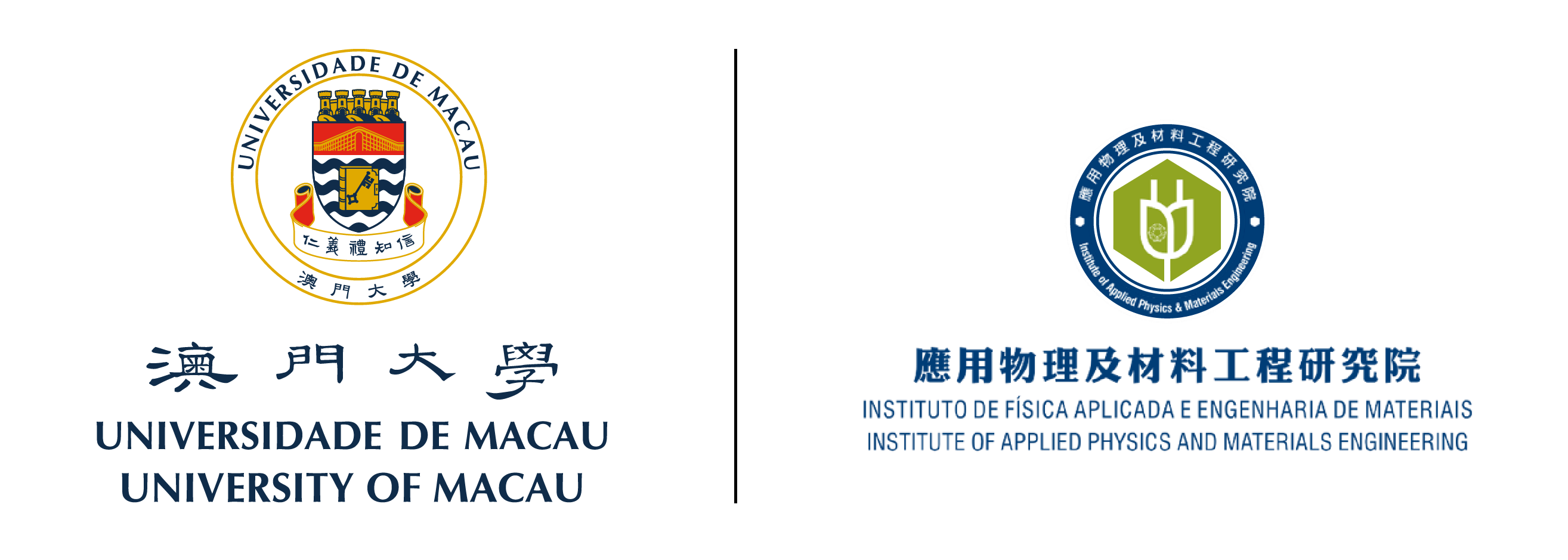On 14th December, Dr. Chuanwei HUANG from Shenzhen University visited IAPME and gave a talk on “Perovskite-derived oxide heterostructures with emergent functionalities”. Perovskite oxide (ABO3) heterostructures, which provide unprecedented opportunities to engineer delicate coupling between spin, orbital, charge and lattice degrees of freedoms, are attractive emergent materials for diverse applications. How to achieve desired crystalline structure and electronic properties by design is at the forefront but very challenging topic. In this talk, I will present the central concept of atomic synthesis and manipulation, which bring us into a fundamental new stage where to discover and understand new materials at atomic scale. Firstly, I will present the concept of atomic synthesis by introducing advanced epitaxial techniques such as PLD/L-MBE. Then I will discuss the idea of interfacial lattice control by playing with interfacial symmetry mismatch, which can be used to effectively control the spin, charge and orbital degree of freedom and lead to enhanced ferroic properties. Next, we will discuss unique structural and electronic states in perovskite-based oxide films and superior functionalities by controlling/incorporating additional anions of different size, charge and electronegativity. Overall, we are able to create epitaxial perovskite-derived hetero-anionic materials with unique chemical/physical properties and potential applications for non-volatile memory, superconductivity and catalysis.
Dr. Chuanwei Huang received his Ph.D. degree from Nanyang Technological University, in 2013. Before joining Shenzhen University, he worked as a postdoc in Nanyang Technological University (NTU) and Southern University of Science and Technology of China (SUSTC). Huang’s research interest is in exploring novel functionalities of complex oxide materials, specifically focusing on novel structures and emergent electronic properties of perovskite-based functional oxide films such as multiferroics/ferroics. He has authored 46 peer-reviewed papers in the areas of oxide thin films, which have been cited more than 1000 times.


